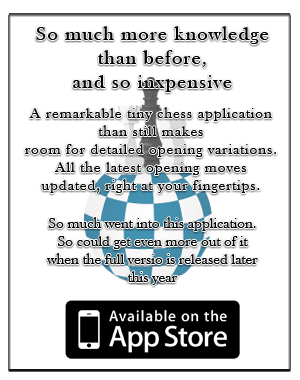HEXAGONAL CHESS
 A variation of chess invented by S. Welisch in 1912 and perfected by W. Glinski in 1949. A form of chess played on a board tiled by 91 small hexagons rather than squares. There are nine pawns and three Bishops on each side in addition to the normal number of other pieces. The moves of the pieces are amended accordingly.
A variation of chess invented by S. Welisch in 1912 and perfected by W. Glinski in 1949. A form of chess played on a board tiled by 91 small hexagons rather than squares. There are nine pawns and three Bishops on each side in addition to the normal number of other pieces. The moves of the pieces are amended accordingly.



